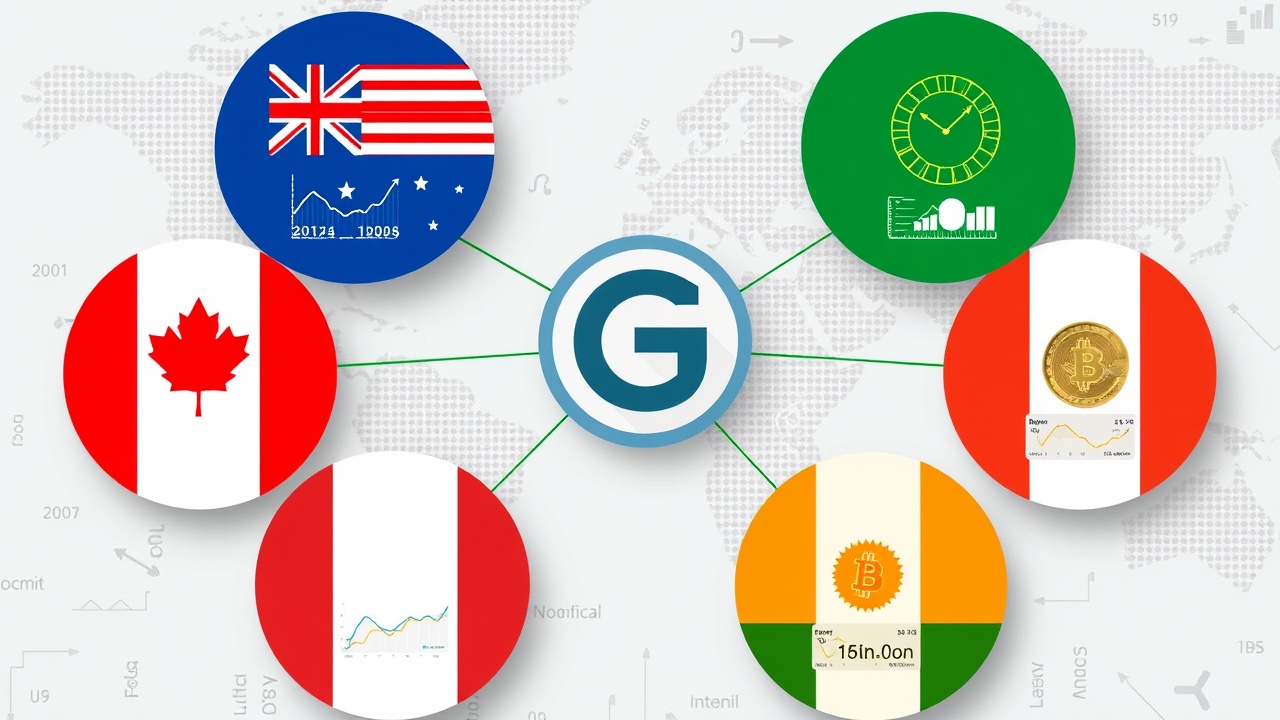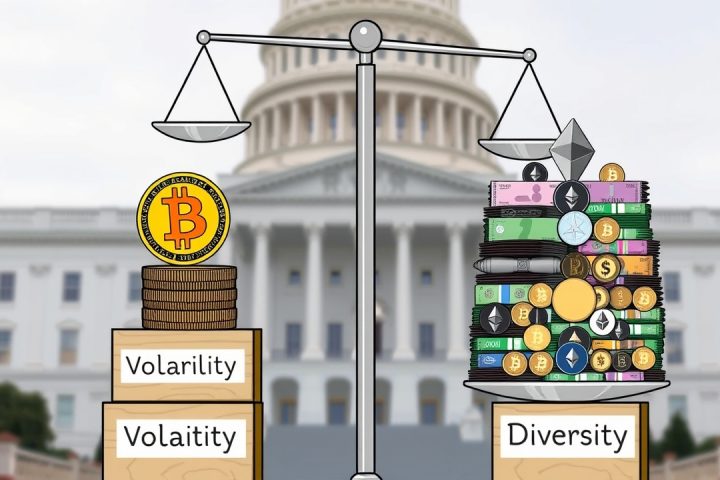Introduction
As regulatory bodies around the world intensify their focus on stablecoins, the Group of Seven (G7) nations are taking significant strides in establishing frameworks and guidelines for these digital currencies. The U.S. has recently enacted its stablecoin legislation, the European Union is set to implement its Markets in Crypto-Assets (MiCA) regulations, and Japan has already initiated a stablecoin regime that is actively operating.
Current Landscape of Stablecoins
Currently, the stablecoin market is predominantly populated by dollar-pegged tokens such as Tether’s USDt and Circle’s USDC. However, global regulators are beginning to establish frameworks that not only address the existing dollar-linked arrangements but also pave the way for stablecoins that are pegged to local currencies. This regulatory effort forms part of a larger competition in the evolution of digital finance, contrasting with the approach taken by BRICS nations, which seem to prefer state-backed digital currencies rather than adopting private stablecoins, signaling a challenge to the U.S. dollar’s global influence.
Japan’s Regulatory Framework
Japan, a pioneer in this area, has set the stage by amending its Payment Services Act to create a structured regulatory environment for stablecoins, which became effective in June 2023. Under this legislation, only licensed entities such as trust banks and approved organizations can issue stablecoins. The country is now poised to see its first yen-pegged stablecoin launched, with startup JPYC leading the charge. Recently, it garnered attention for enabling customers to settle credit card payments with its stablecoin.
United States Legislation
Meanwhile, the United States has turned its attention to stablecoin regulation, albeit later than other nations. In July 2025, the Guiding and Establishing National Innovation for US Stablecoins (GENIUS) Act was signed into law by President Donald Trump. This legislation mandates that issuers maintain high-quality reserves on a 1:1 basis, prohibits interest payments to holders, and introduces a dual oversight framework where firms with less than $10 billion in assets can choose between federal or state oversight. Notably, it acknowledges foreign stablecoins, allowing them listing opportunities under the condition that their domestic regulatory frameworks are considered comparable. The law outlines guidelines for reserves, audits, disclosures, and anti-money laundering measures, although it has yet to be fully implemented. Tether has responded by announcing plans for a U.S.-domiciled stablecoin, USAT, in alignment with the new regulations.
European Union’s MiCA Regulations
In Europe, MiCA, which was officially published in June 2023, will begin enforcing its stablecoin provisions a year later, broadening its scope across three G7 members: Italy, Germany, and France. It is designed to establish standards for reserve maintenance, governance, and transparency for issuers of various types of tokenized assets, including stablecoins. This framework imposes a cap on transaction limits for major issuers and mandates the need for 1:1 reserve backing from credit institutions. While some tokens like Tether’s USDT faced restrictions, Circle has moved to launch a compliant euro-backed stablecoin, EURC.
United Kingdom and Canada Developments
The UK has also signaled its intentions to bolster its stablecoin framework starting in October 2023, with the Financial Conduct Authority (FCA) slated to oversee the regulation of fiat-backed stablecoins used in payment systems, while the Bank of England will manage systemic payment infrastructures. A proposed amendment is already being drafted to designate the issuance and custody of stablecoins as regulated activities, with expectations that comprehensive rules will materialize by 2026. However, some of the UK’s proposed regulatory measures have faced criticism, particularly regarding limits on how much stablecoin an individual can hold.
On the other side of the Atlantic, Canada has yet to establish a unique regulatory framework for stablecoins, leaving the oversight of these entities divided among existing regulations. The Canadian Securities Administrators classify stablecoins as securities or derivatives when traded domestically, necessitating compliance with relevant laws governing disclosures, reserves, and audits. The Bank of Canada has recently been granted supervisory authority over payment services but has called for a clearer regulatory stance on stablecoins, which remain on the sidelines of a cohesive payments oversight model.
Conclusion
The evolving landscape of stablecoin regulation across G7 nations signifies not just local governance but a coordinated effort to shape the future of digital currencies in a manner that ensures consumer protection while fostering innovation in the financial sector.




